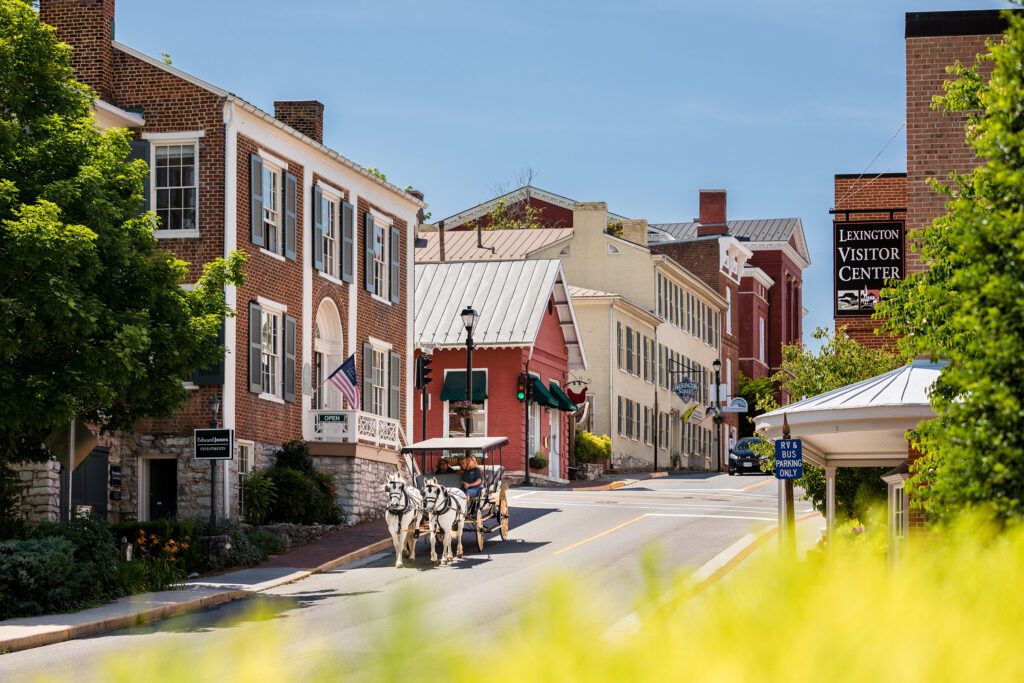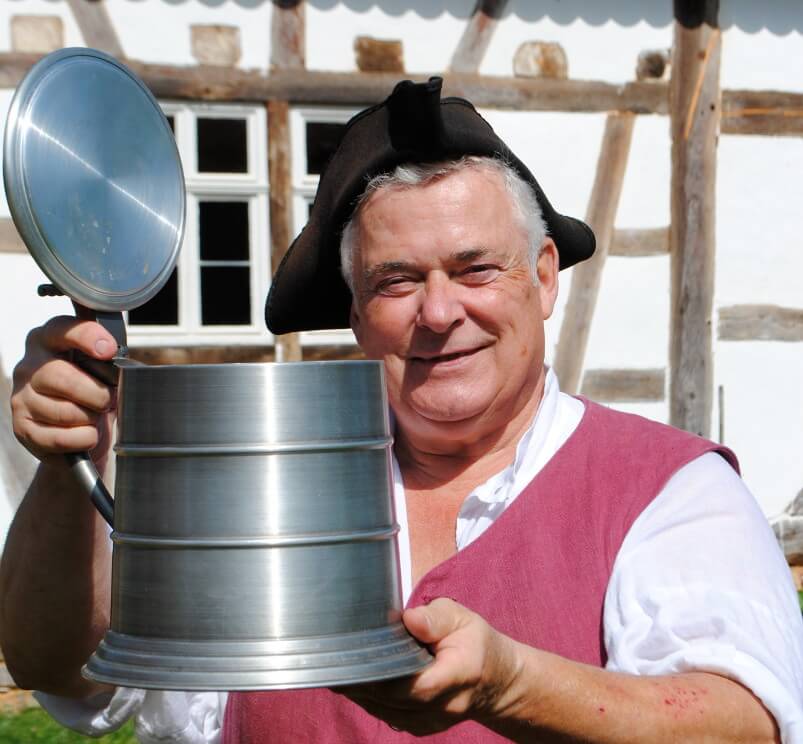History
& Culture
Home to presidents and inventors and the fields on which battles were fought, the Shenandoah Valley is rich with history and culture. For thousands of years, American Indians thrived in the bountiful hunting ground. By the 1600s, the English began to settle the area. Soon after, adventurous Europeans – mostly of German and Scots-Irish heritage – were lured by the excellent farmland of the Shenandoah Valley.

Area History
- Trace the legacy of the Valley’s early settlers at the Frontier Culture Museum in Staunton. It is a captivating outdoor living-history museum that provides a unique way to discover the life and cultural heritage of our forefathers.
- Rocktown History has an extensive genealogy library, permanent and featured exhibits, and a schedule of programming about Valley history.
- The Waynesboro Heritage Museum portrays the city’s history and legacy. Nearby, the vaudeville-era Wayne Theatre, which was built in 1926, now has film showings, plays, musical performances, and more.
- The Brethren & Mennonite Heritage Center will teach visitors about the “historical and spiritual legacies of Brethren and Mennonites in the Shenandoah Valley.”
African-American History
- Harrisonburg’s Roots Run Deep tour explores African-American history in the Valley. It explores special sites and teaches about their lives and contributions to our culture. You might also check out the Harriet Tubman Cultural Center and the Lucy F. Simms School.
- The Staunton/Augusta County African American Research Society’s mission “is to research, develop and maintain an ongoing written, pictorial and multimedia archive of the African American experience in Staunton and Augusta County from its early settlement in 1738 to the present by focusing on education, business, politics, religion, military service, and cultural experience.” The society’s website is a good source of information for the general and family history of Black people in this area.
Historic Walking Tours
- Historic Staunton Foundation provides free guided architectural walking tours every Saturday from April – October.
- Want an experience that’s part walking tour and scavenger hunt? Download the Traipse app to explore Staunton, Harrisonburg, and the street art in Waynesboro.
- Take a self-guided tour of the historical McCormick Farm in Raphine where Cyrus McCormick developed the mechanical grain reaper in the 1830s.
Civil War History
- Key Civil War battle sights are described on historic markers dotting roads and fields throughout the Valley. Due to the crossroads, railways, and prosperous agrarian culture, the Shenandoah Valley was known as the “breadbasket of the Confederacy” and the entire region was a prime location for Civil War campaigns. Museums and trails highlighting the American Civil War can be found in all the localities.
- Start your exploration by mapping out sites at the Civil War Orientation Center at Harrisonburg’s Hardesty-Higgins House Visitor Center.
- The Virginia Quilt Museum in Harrisonburg has not only a collection of Civil War-era quilts but also highlights contemporary quilting with exhibits throughout the year.
- A large Confederate monument in Staunton’s Thornrose Cemetery marks the location where 1,777 soldiers are buried.
- In Lexington, you can take a horse-drawn carriage or walking tour of historic sites in downtown, including the Stonewall Jackson House. Washington & Lee University, where Confederate General Robert E. Lee once served as president, houses the University Chapel & Galleries.

Did You Know?
- Augusta County once stretched west to the Mississippi River and north to the Great Lakes.
- Rt. 11 or the Valley Turnpike was once a Native American hunting trail. It became an important military route during the Civil War, and in 1918, was one of the first roads taken over and managed by the State Highway Commission. It now provides a leisurely alternative to Interstate 81 and connects many of our local communities. Learn more at the Valley Turnpike Museum in Harrisonburg.
- A portion of the Lewis & Clark Historic Trail runs through Rockbridge County.
- Since early brewers didn’t have access to ingredients from around the world, they used what was local. The Valley’s early Native American residents brewed berries, fruit, and corn into beer. The Europeans brought stronger beer, which they historically drank to keep from getting sick from contaminated water. Even George Washington developed his own beer recipe at Mount Vernon.

Subscribe to our Newsletter!

